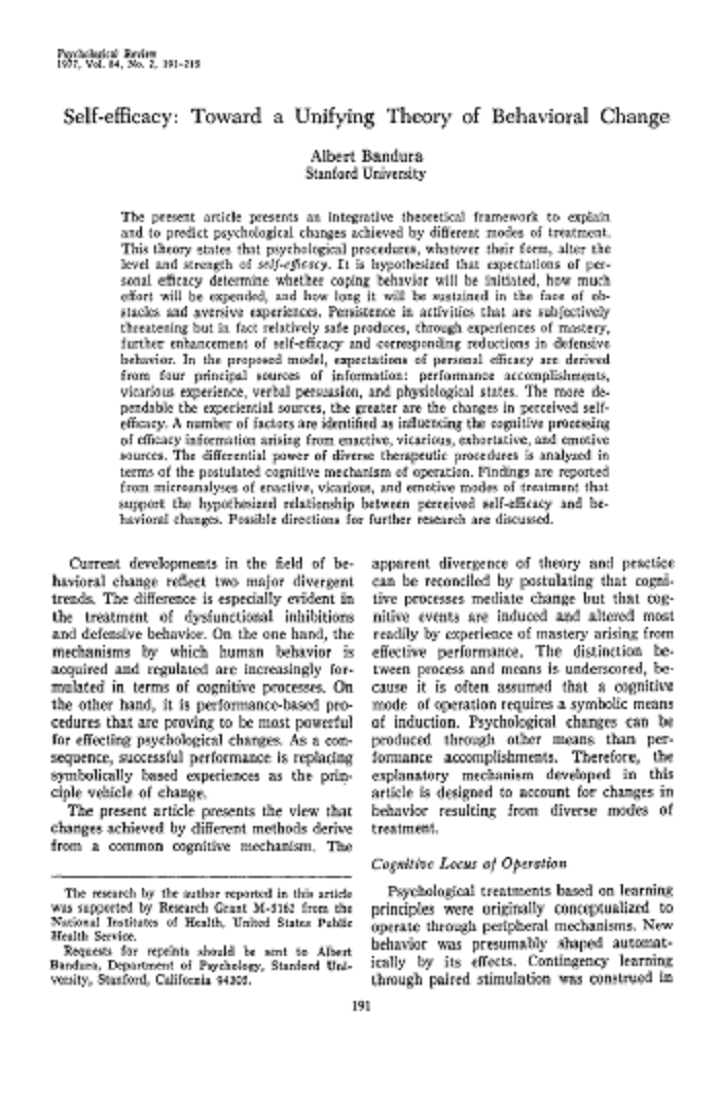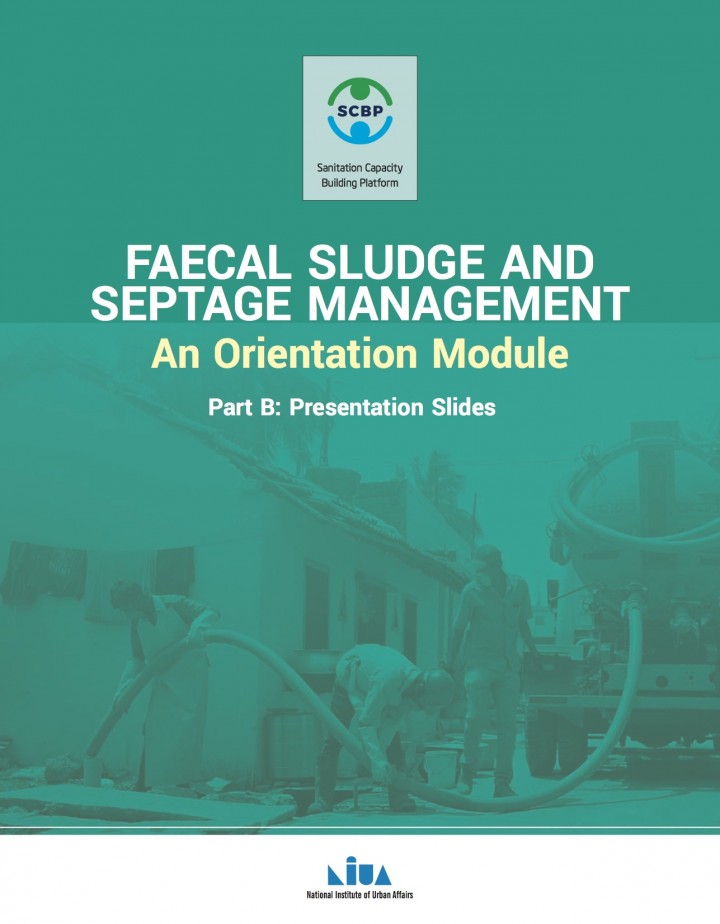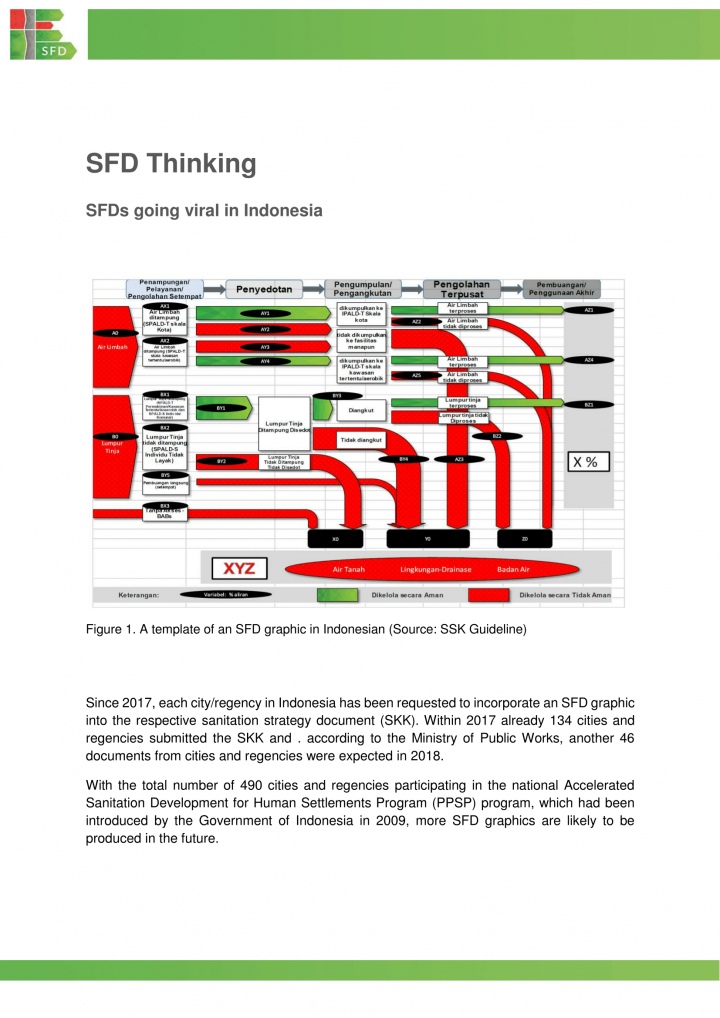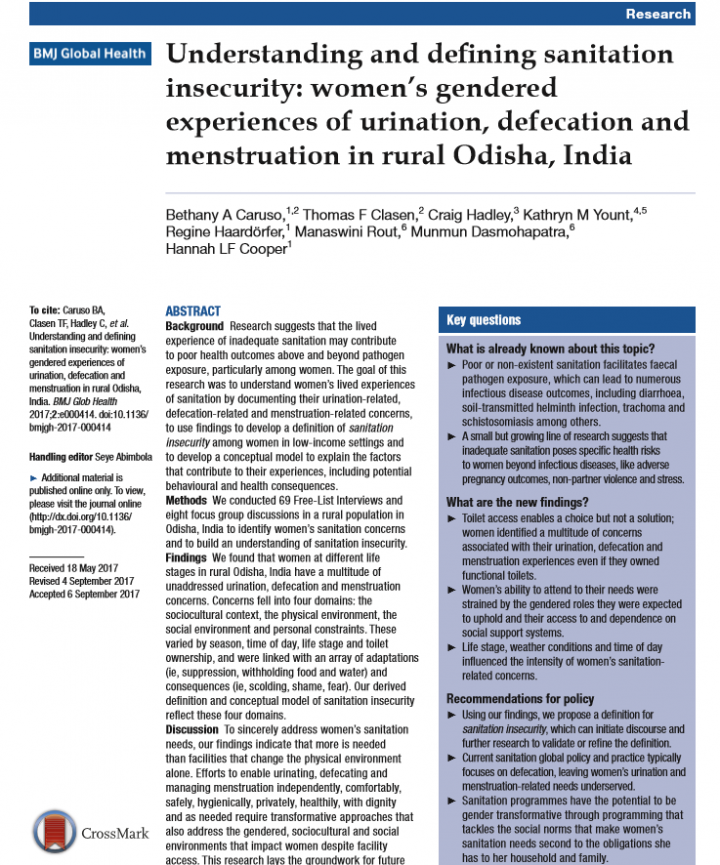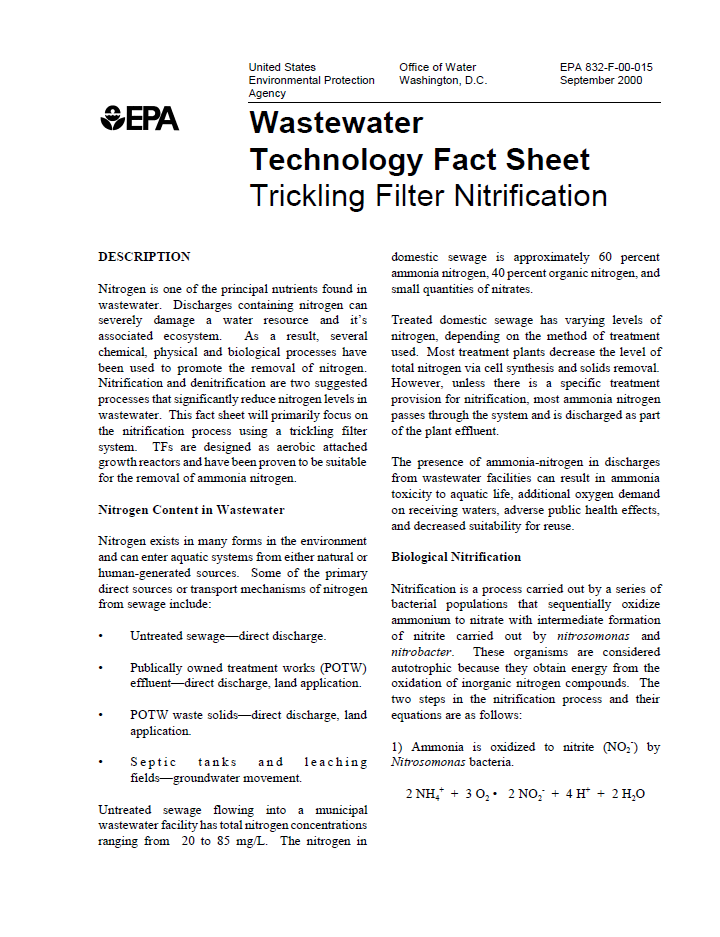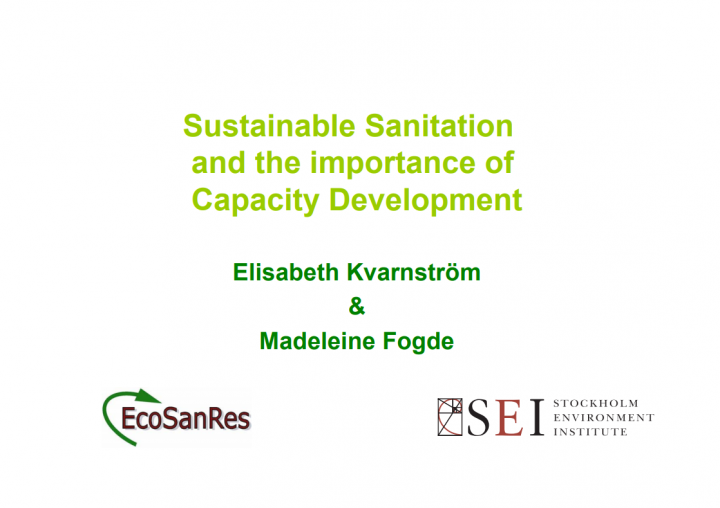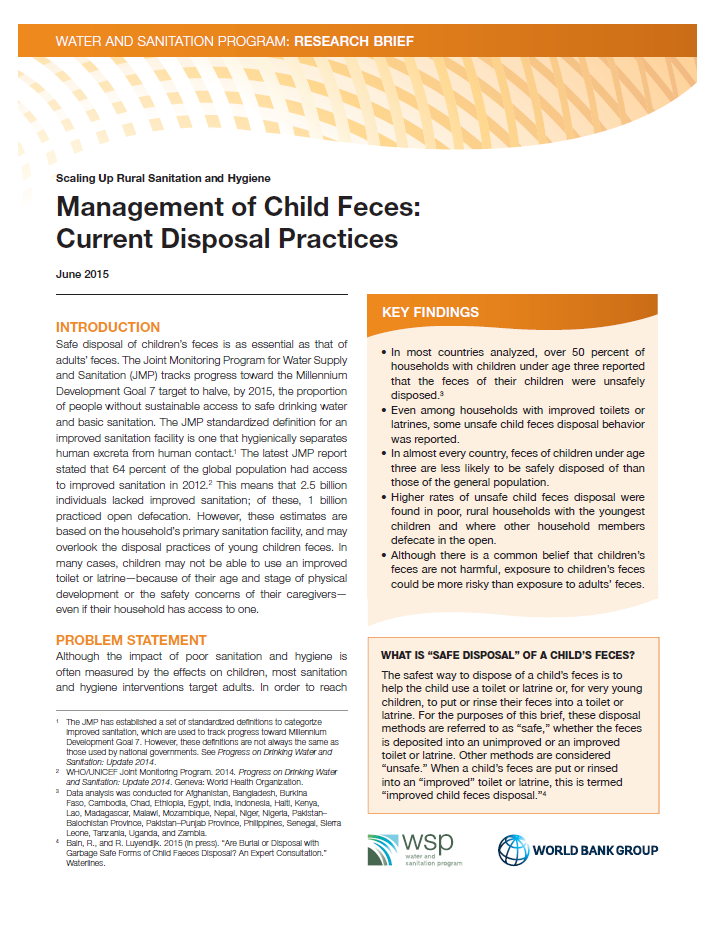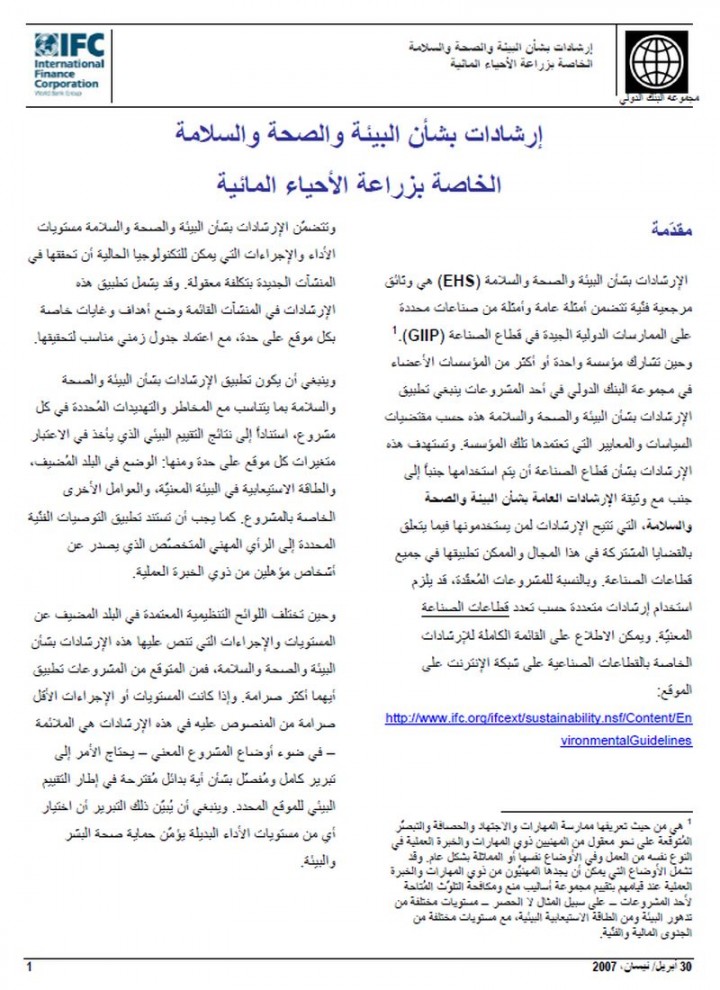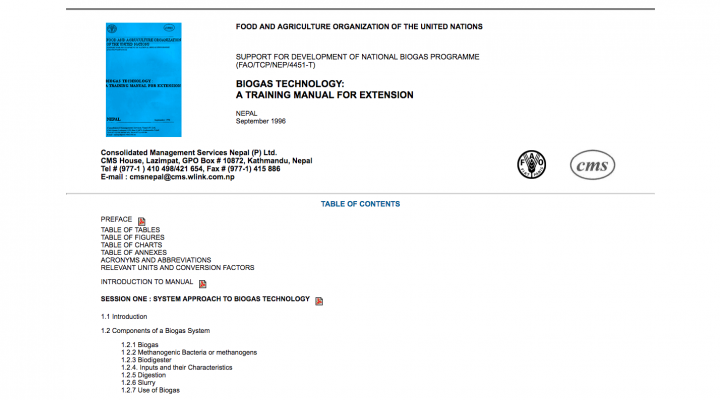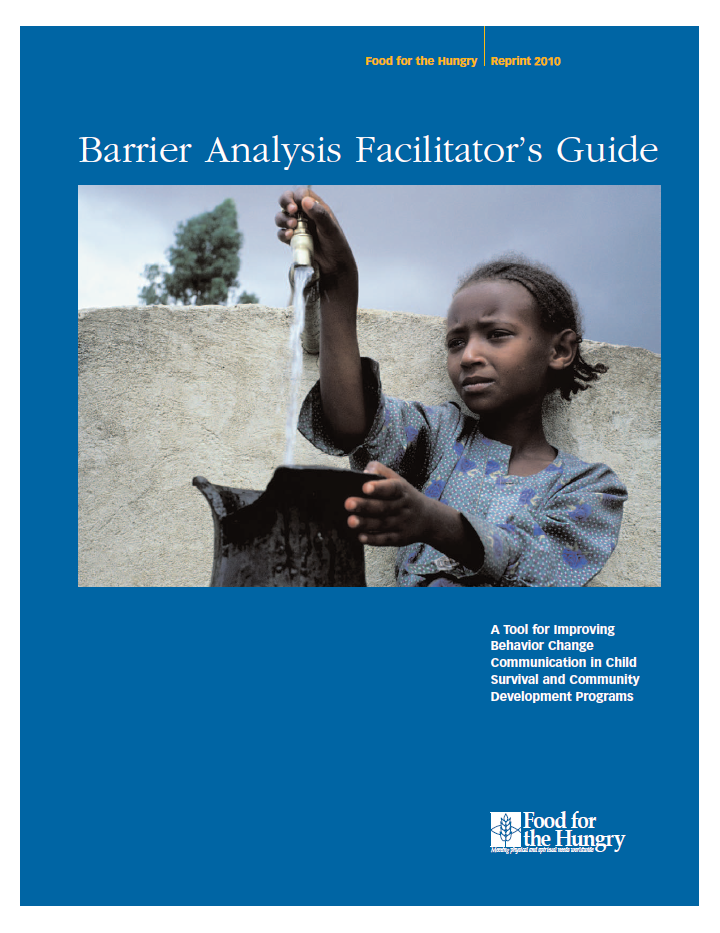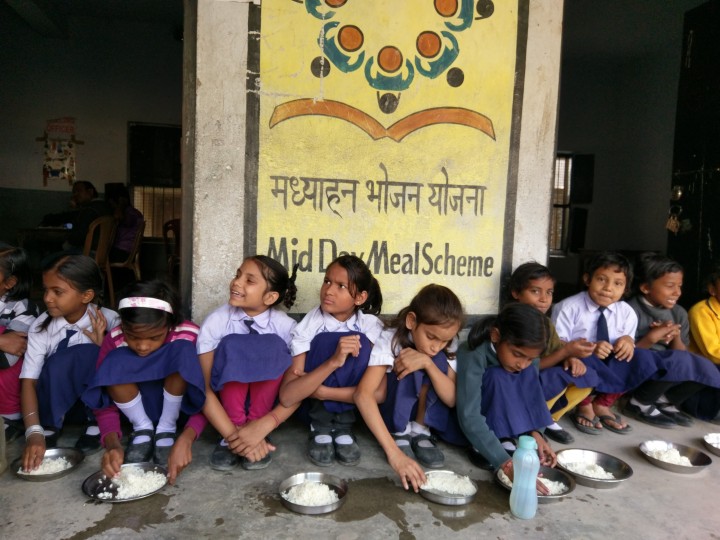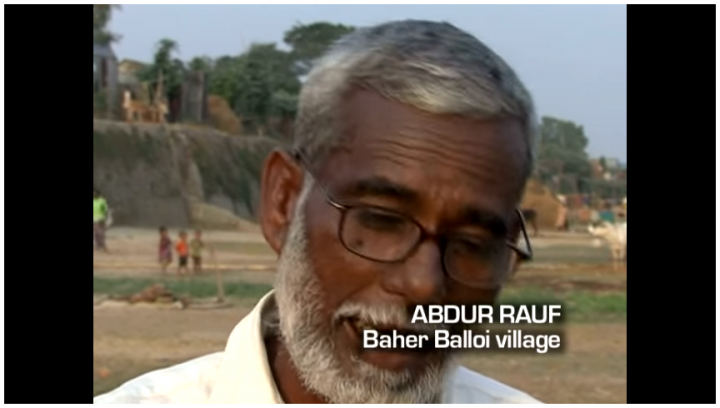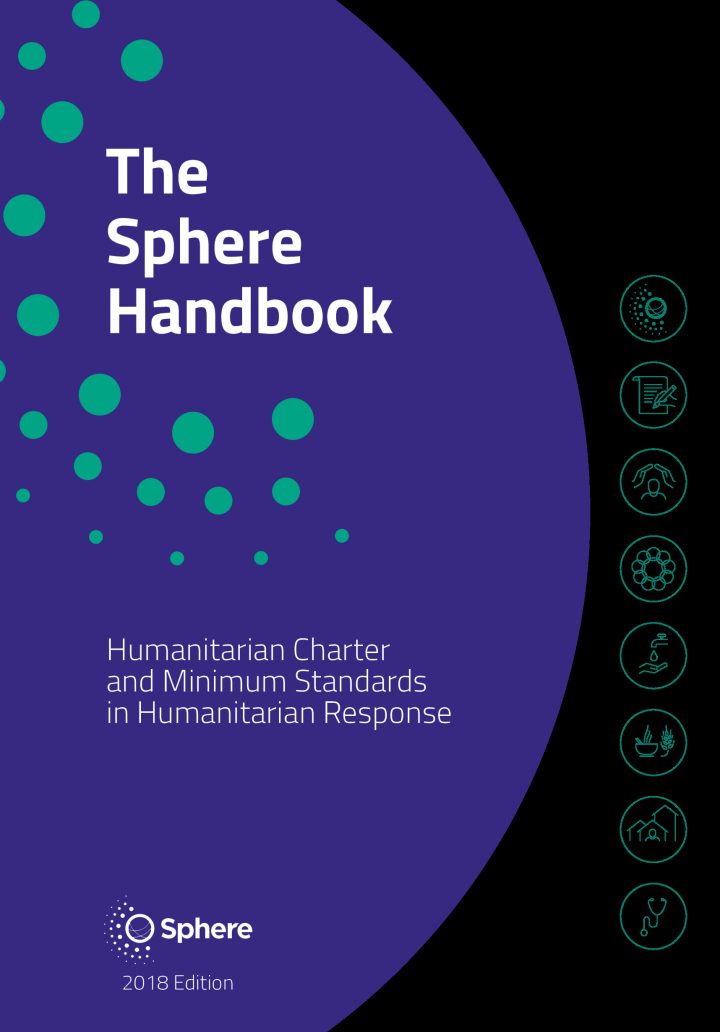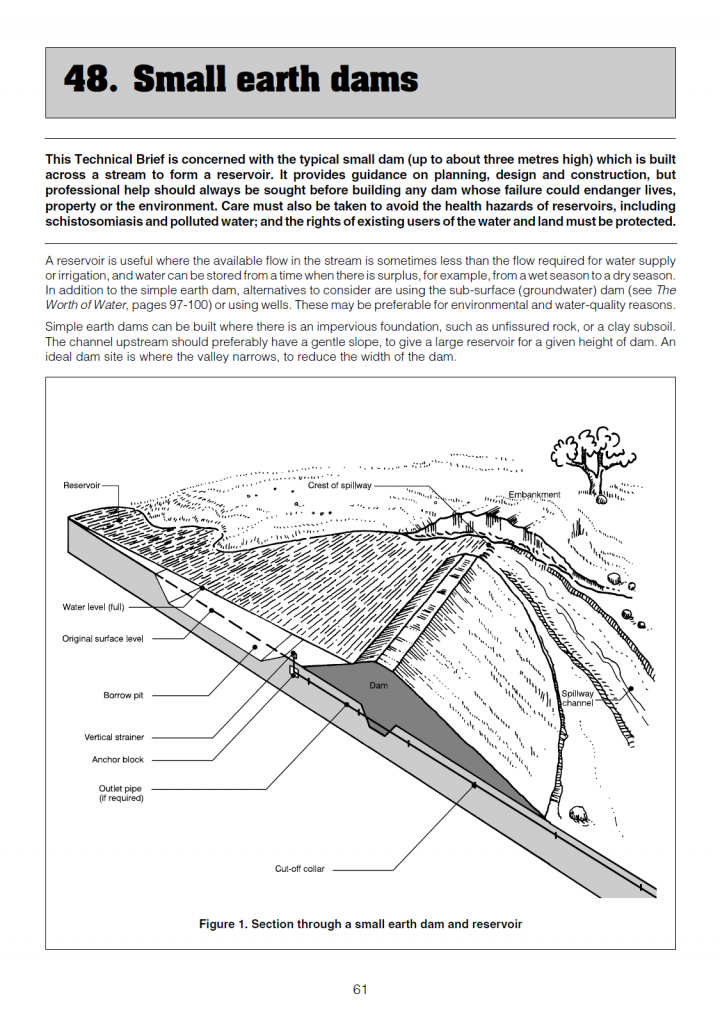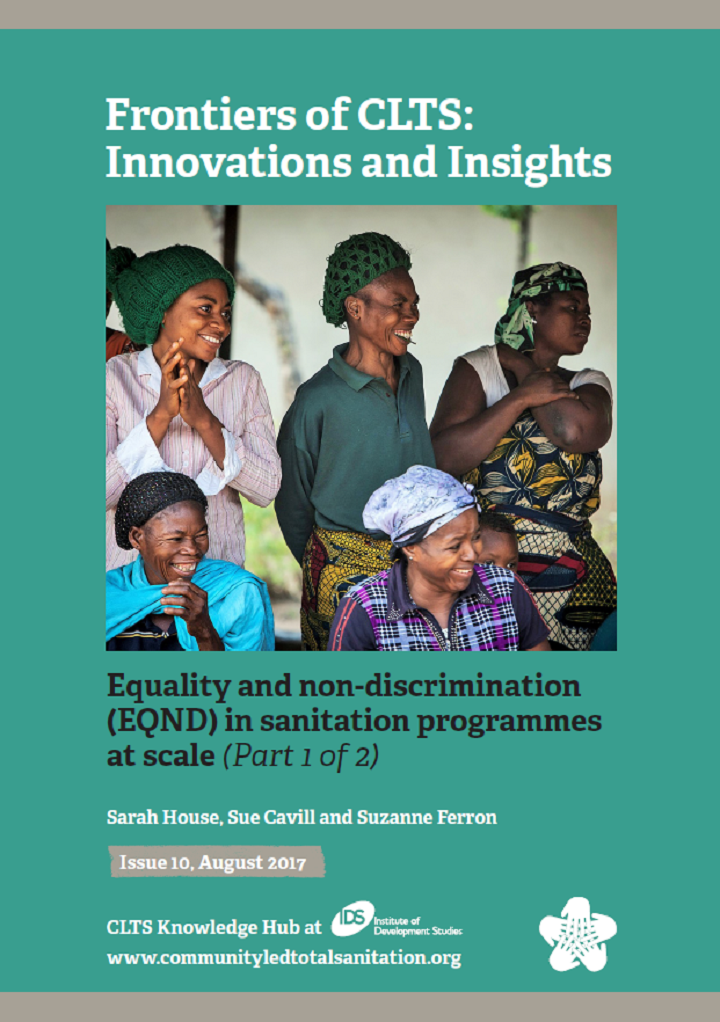Searching for information on Sanitation Workers?
The Sanitation Workers Knowledge + Learning Hub is the best source for all current news, trends, articles and updates on sanitation workers rights around the world.
The present article presents an integrative theoretical framework to explain and to predict psychological changes achieved by different modes of treatment. This theory states that psychological procedures, whatever their form, alter the level and strength of self-efficacy. It is hypothesized that expectations of personal efficacy determine whether coping behavior will be initiated, how much …
Lucknow is the capital city of the Indian state of Uttar Pradesh. Lucknow is also the tehsil and the district headquarters of the Lucknow district (TCPD, 2018). The urban local body governing the city is Lucknow Municipal Corporation (LMC)/Lucknow Nagar Nigam (LNN). Lucknow is a part of the Atal Mission for Rejuvenation and Urban Transformation (AMRUT) and the Smart city Mission of the Government …
About the Training Modules
Training Modules on decentralsid sanitation, septage and waste water have been developed, tested and delivered by SCBP during 2016-17, during training of government officials from UP, Rajasthan, MP, Telengana, Bihar, Karnataka, West Bengal, Jharkhand and Chattisgarh. These Modules have also been used in Training of Trainers(ToTs) of Amrut Nodal Agencies, Academia, …
Since 2017, each city/regency in Indonesia has been requested to incorporate an SFD graphic into the respective sanitation strategy document (SKK). Within 2017 already 134 cities and regencies submitted the SKK and . according to the Ministry of Public Works, another 46 documents from cities and regencies were expected in 2018.
With the total number of 490 cities and regencies participating in …
Background Research suggests that the lived experience of inadequate sanitation may contribute to poor health outcomes above and beyond pathogen exposure, particularly among women. The goal of this research was to understand women’s lived experiences of sanitation by documenting their urination-related, defecation-related and menstruation-related concerns, to use findings to develop a …
Nitrogen is one of the principal nutrients found in wastewater. Discharges containing nitrogen can severely damage a water resource and it’s associated ecosystem. As a result, several chemical, physical and biological processes have been used to promote the removal of nitrogen. Nitrification and denitrification are two suggested processes that significantly reduce nitrogen levels in wastewater. …
Pressing water scarcity in Jordan increased the demands of marginal water for agriculture, of which the treated wastewater is the most prominent candidate. Meanwhile, agriculture is an important economic activity in Jordan where treated wastewater could be a valuable source for irrigation in the agricultural sector. The reuse as percentage of total treatment as index which is of limited use for …
Alison Parker and her team at Cranfield University has been challenged to "Reinvent the Toilet". They propose a solution that uses membranes and electro-spray technologies to treat human waste on-site without external energy or water. The university received $810,000 funding from the Bill & Melinda Gates Foundation in August 2012 to produce a prototype in the UK by the end of November 2013 (in …
The International Conference on Sustainable Sanitation "Water and Food Security for Latin America" was organized by Ecosanlac and the Federal University of Ceará with support of the IWA specialist group. It took place from 26-29 November 2007 in Fortaleza, Ceará, Brazil and became a very successful event and exceeded the expectations of the organizers.
During four days, more than 200 local …
Safe disposal of children’s feces is as essential as that of adults’ feces. The Joint Monitoring Program for Water Supply and Sanitation (JMP) tracks progress toward the Millennium Development Goal 7 target to halve, by 2015, the proportion of people without sustainable access to safe drinking water and basic sanitation. The JMP standardized definition for an improved sanitation facility is …
A state level Conference on Partnership to Scale Up Innovative Solutions for Urban Sanitation was organised on 30 May 2018 in Jaipur, Rajasthan. It was organised by Participatory Research in Asia (PRIA) in collaboration with National Institute of Urban Affairs (NIUA), Centre for Development Communication Jaipur, Manipal University Jaipur, and the Institute for Development Studies, Jaipur.
The …
This resource guide by Watson, J. & Drebelbis, R. provides an overview of the science behind nudge-based handwashing interventions and the evidence supporting the use of environmental nudges for handwashing in schools in low-resource settings. Resources and tools for planning and implementing nudge-based interventions in schools are also provided.
This manual is an outcome of (FAO/TCP/NEP/4451 -T) project being implemented with the Ministry of
Forest and Soil Conservation as the liaison institution. CMS developed this manual through six stages. To
start with, a team of four CMS professionals prepared a draft of this manual which was improved upon
based on the comments and suggestions from the national experts and practitioners. At this …
Barrier Analysis can be used at the start of a behavior change program to determine key messages and activities for intervention. It can also be used in an ongoing program focusing on behaviors that have not changed very much (despite repeated efforts) in order to understand what is keeping people from making a particular change.
This Facilitator’s Guide has been written for trainers to …
The video is a documentary about the Community Led Total Sanitation (CLTS) approach, an innovative methodology for mobilising communities to completely eliminate open defecation and take their own action to become open defecation free. It shows projects in Bangladesh and interviews with one of its pioneers Dr. Kamal Kar.
It has been produced 2008 within the BBC earth report series on …
The Sphere Project, now known as Sphere, was created in 1997 by a group of humanitarian non-governmental organisations and the Red Cross and Red Crescent Movement. Its aim was to improve the quality of their humanitarian responses and to be accountable for their actions. The Sphere philosophy is based on two core beliefs:
• People affected by disaster or conflict have the right to life with …
This Technical Brief is concerned with the typical small dam (up to about three metres high) which is built across a stream to form a reservoir. It provides guidance on planning, design and construction, but professional help should always be sought before building any dam whose failure could endanger lives, property or the environment. Care must also be taken to avoid the health hazards of …
This impact brochure introduces the reader to the main objectives and interventions of the GIZ project "Support to the National Urban Sanitation Policy (SNUSP) II " and highlights hands-on experiences from the ground. SNUSP II supported the states in preparing strategies, roadmap and framework for quality implementation. The project also supported cities to strengthen its capacities in planning …
This issue of Frontiers of CLTS shares and builds on the learning from the GSF EQND study, which examined EQND in relation to sanitation programmes being implemented at scale. It draws on existing global experience and looks at who should be considered potentially disadvantaged and how they can participate. It explores what the challenges may be if CLTS does not actively ensure that the …

